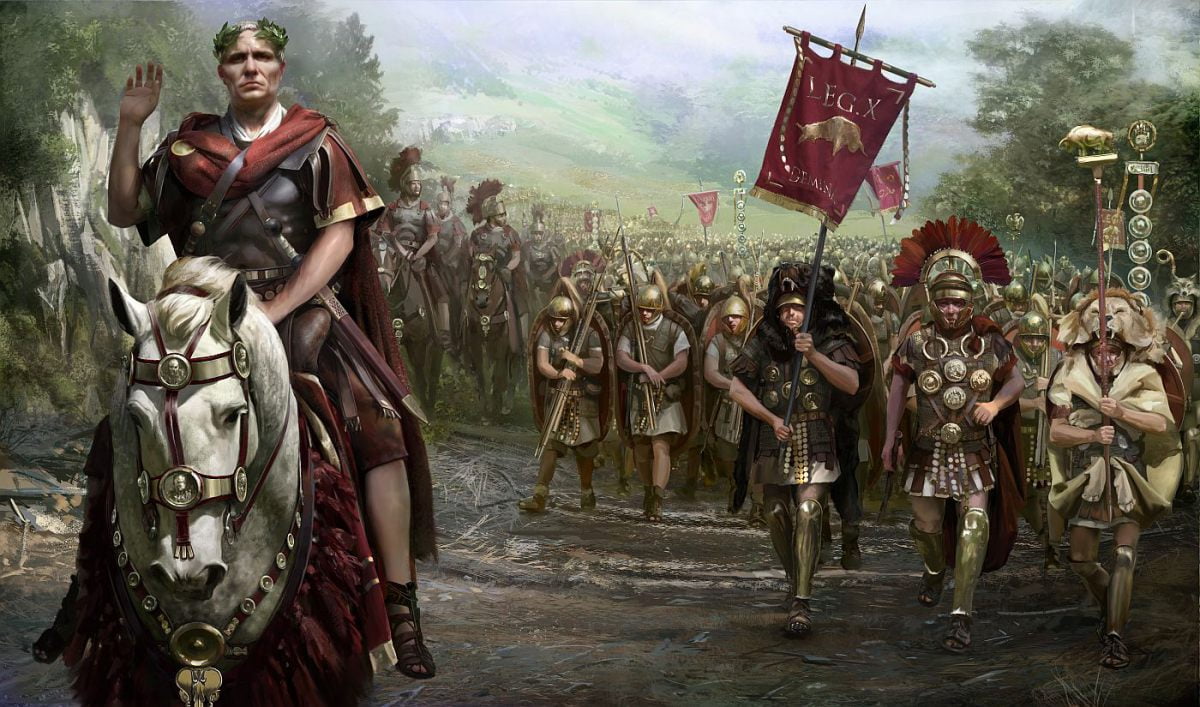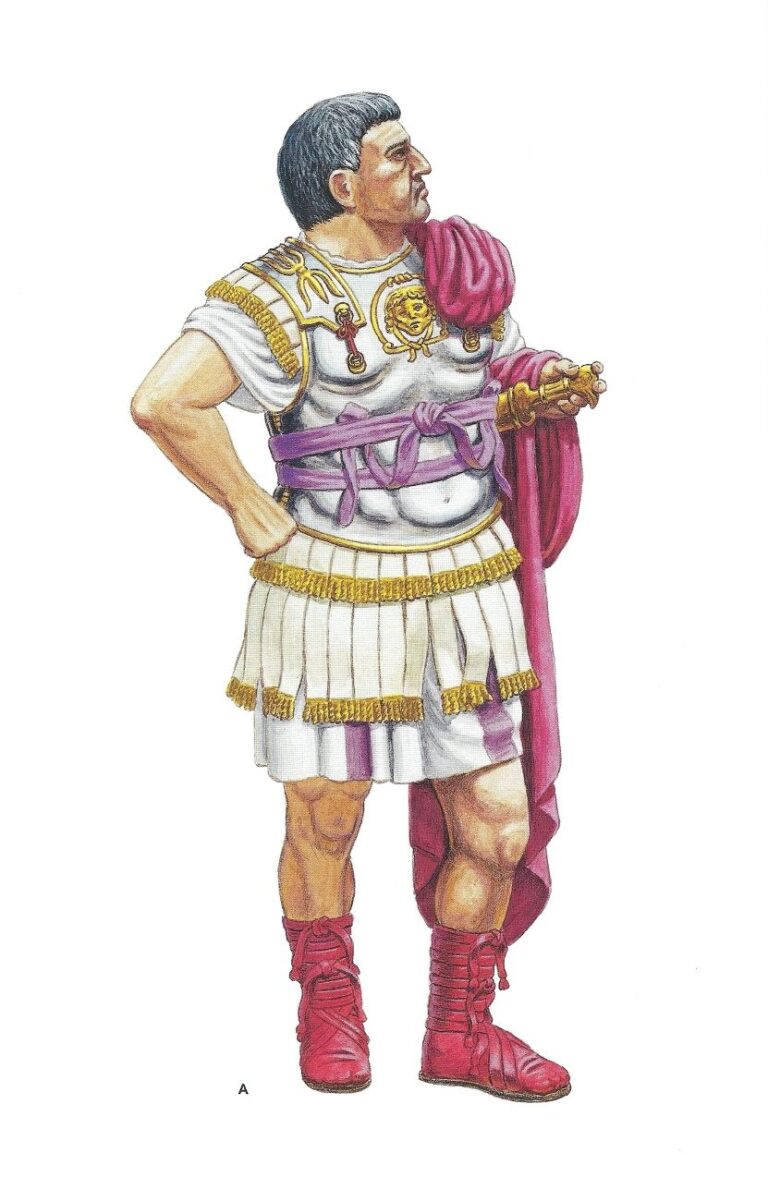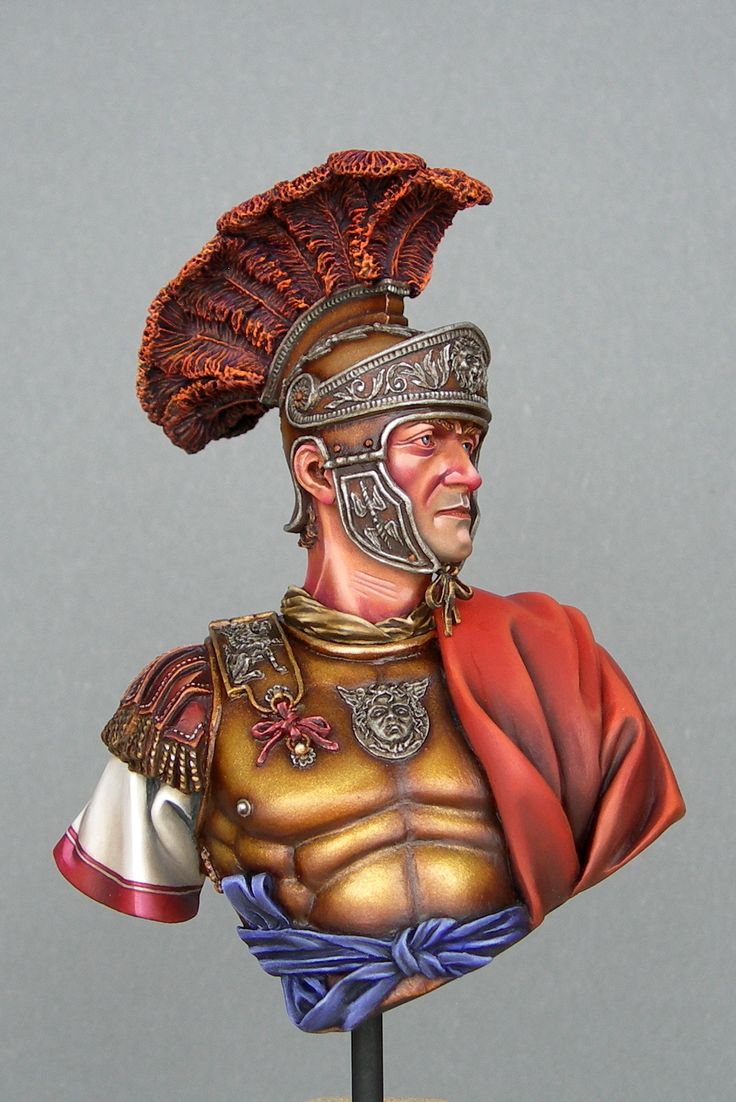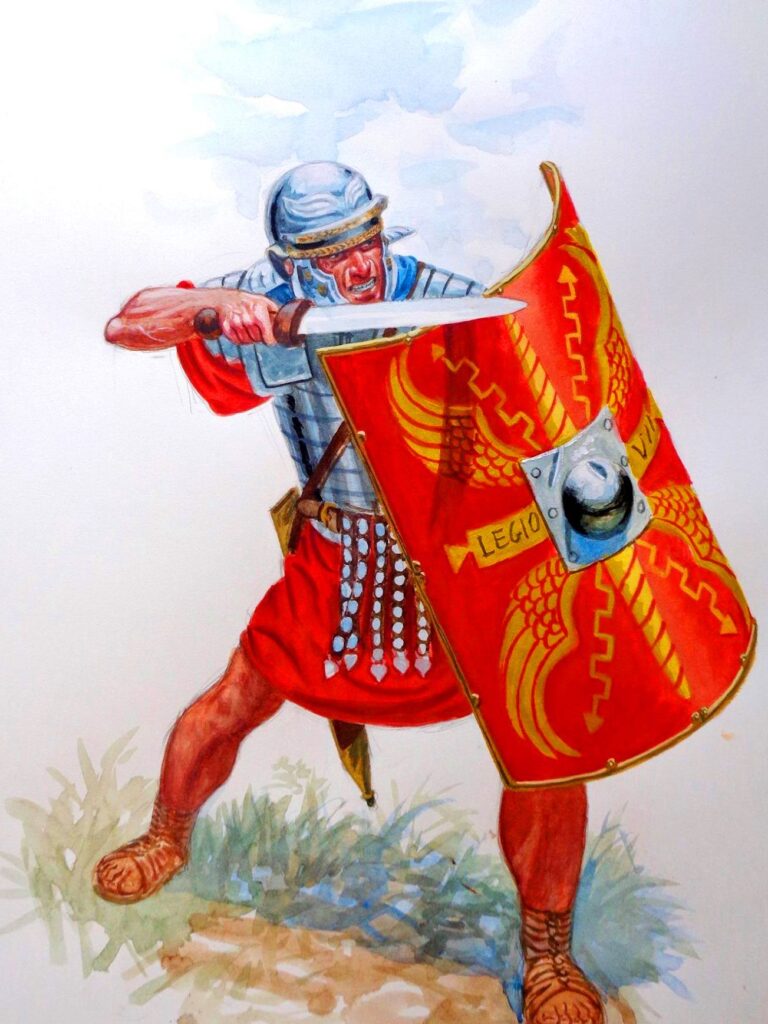

The Roman Empire didn’t rise to greatness by chance—it was built on discipline, strategy, and one of the most advanced military systems in ancient history. At the heart of this powerful engine was a highly organized rank structure that kept the legions efficient, loyal, and battle-ready. But what exactly did these ranks look like? And perhaps just as intriguing—how much did Roman soldiers actually earn for their service?
In this article, we’ll break down the hierarchy of the Roman military, from the common legionary to the elite centurions and commanding officers. Along the way, we’ll explore how pay varied between the ranks and what kind of financial rewards—and risks—came with a life in the Roman army.
Whether you’re a history enthusiast, writer, gamer, or just curious about life in ancient Rome, this guide will give you a fascinating glimpse into the structure and salary system of one of the most legendary military forces in history.
Role: Supreme commander of all Roman legions.
Pay: N/A – not salaried.
Bonuses: Political power, war spoils, donatives.

Governor + military commander over multiple legions.
Often a senator with imperial trust.
Pay: ~250,000 sestertii/year
Bonuses: High-level land rewards, prestige.

Commander of a single legion (5,000–6,000 men)
Rank: Senatorial class
Pay: ~250,000 sestertii
Bonuses: Spoils, gifts, future political office

2nd in command, senatorial rank
Pay: ~100,000 sestertii
Young aristocrat on command track

3rd in command – logistics, training, supplies
Pay: ~50,000 sestertii
Often promoted from Primus Pilus

Equestrian-class junior tribunes
Staff and administrative roles
Pay: ~30,000 sestertii

Commanders of centuries (80–100 men)
Core of Roman army hierarchy

Commands 1st Cohort
Pay: ~60,000 sestertii
Sits in war councils
Eligible for equestrian class

Pay: ~15,000–30,000 sestertii
Rank increases by seniority

| Role | Pay (Sestertii) | Notes |
|---|
| Optio | ~1,800 | Deputy, 2nd in command of century |
| Signifer | ~1,500–2,000 | Standard bearer & pay manager |
| Aquilifer | ~2,000+ | Eagle bearer of legion, sacred role |
| Tesserarius | ~1,200 | Watch officer, logistics |
| Cornicen | ~1,200 | Horn player, battlefield communicator |
| Buccinator | ~1,200 | Trumpeter, similar role to Cornicen |
Base soldier rank
Gross Pay: ~900 sestertii/year
Deductions: Food, equipment, clothing
Net Pay: ~300–400 sestertii
Bonuses:
Donatives (e.g. 1,000–3,000 sestertii after major victories)
Spoils of war
Retirement Bonus (Praemia): 3,000–5,000 denarii (~12,000–20,000 sestertii)

Non-citizens supporting Roman legions
Pay: ~600 sestertii/year
Reward: Citizenship after 25 years
Roles: Cavalry, archers, slingers, light infantry

The Roman military wasn’t just a powerhouse of discipline and strategy—it was a complex, hierarchical machine where every rank played a crucial role. From the frontline legionary to the commanding legatus, each position came with distinct responsibilities, social status, and financial rewards.
Understanding the structure and pay of Roman soldiers gives us more than just historical insight—it reveals how the empire maintained loyalty, order, and efficiency across its vast territories. The promise of promotion, prestige, and higher wages served as powerful incentives for men to serve and rise through the ranks.